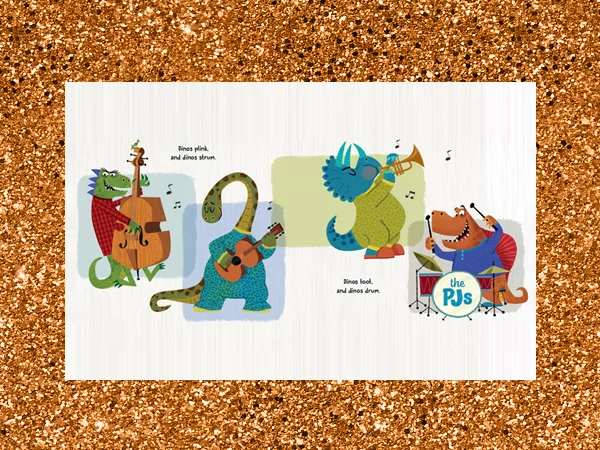Tips for Writing a Children’s Book

Many of us have children and grandchildren, and we all were once children ourselves. We’ve enjoyed the interplay of word and images in a picture book, or the wonderful characters and themes in books for older children.
Maybe you’ve even made up stories to tell the children in your life. Great! And perhaps you’d like to write these stories in a book for others to read. Again, great! But it’s a long way from sharing a story with a child to getting a printed book into the hands of many children.
Typical Traits for Authors of Children’s Books
When I teach classes about writing for children, I tell my students you need three traits to be a children’s book author. First, you need some facility with writing. Do you have an understanding of proper grammar and syntax? Do you know what makes a good story?
Second, you must be willing to learn and improve your craft. Does that mean you have to get an MFA? No. But you should read books about writing; take classes and workshops; and write, write, write.
Third, and maybe most importantly of all: You need persistence. Getting a children’s book published is a long game. It’s not for the faint of heart.
If you have these three traits, below are a few hints to get you started – from concept to mentoring to printing.
Writing and Publishing Tips
1. Join the professional organization for children’s writers, the Society of Children’s Writers and Illustrators.
SCBWI has many resources for writers, including The Book: Essential Guide to Publishing for Children. It conducts several writing contests, and regional chapters sponsor conferences and workshops where you can meet fellow writers. In addition, you can often receive a critique from an agent or editor.
Above all, SCBWI connects you to a community of writers. Community is important, because you need a critique group to help boost your writing to the next level. Extra eyes on your manuscript will show you what works and what doesn’t. Should you take every piece of advice people offer? Absolutely not. But if everyone in the group says something isn’t working, that’s a pretty good indication it isn’t.
Critique groups do more than help with your manuscript. Group members share publishing business information such as which editors and agents might be a good fit for your story or if a contest is legitimate. Most importantly, your group is there to support you through the highs and lows of your publishing journey.
2. Write the best story you possibly can.
Do this by constantly striving to be a better writer. Be open to suggestions for improving your manuscript. Then: Revise, revise, revise.
3. Decide how you want to publish your children’s book.
When you think your manuscript is ready, you must decide whether to go the traditional publishing route or self-publish. Here, I’ll only discuss traditional publication.
4. Determine whether to get an agent.
In either case, you must do your research. Which agents or publishers are open to submissions? Narrow these down to ones who represent or publish books like yours. A publishing house that only publishes young adult novels is not where you should send your picture book. A good resource for researching is Publishers Marketplace.
There are positives to having an agent. Many will give you editorial feedback on your manuscript, and they know which editors might best fit for your book. Also, most major publishing housing only accept submissions from agents, not individuals. After an editor makes an offer, the agent will negotiate your contract. If anything goes awry, your agent is there by your side.
So why doesn’t everyone choose to get an agent? Here comes the major negative of having an agent: She takes 15% of any money you make from your book (including eBooks, audiobooks, foreign translations, films, and so on.). But — believe me — it’s well worth the money.
5. Submit your book.
Once you have a polished manuscript, it’s time to go out on submission. Here’s where that persistence comes in. Whether you’re doing this yourself or through an agent, this can be a nerve-wracking time. Hang in there. While you’re waiting, work on your next manuscript.
Finally, the big day comes. You receive the call. An editor is offering you a contract. Congratulations! In a year or so, you’ll have a printed children’s book to share with the world.





